
cd_nom
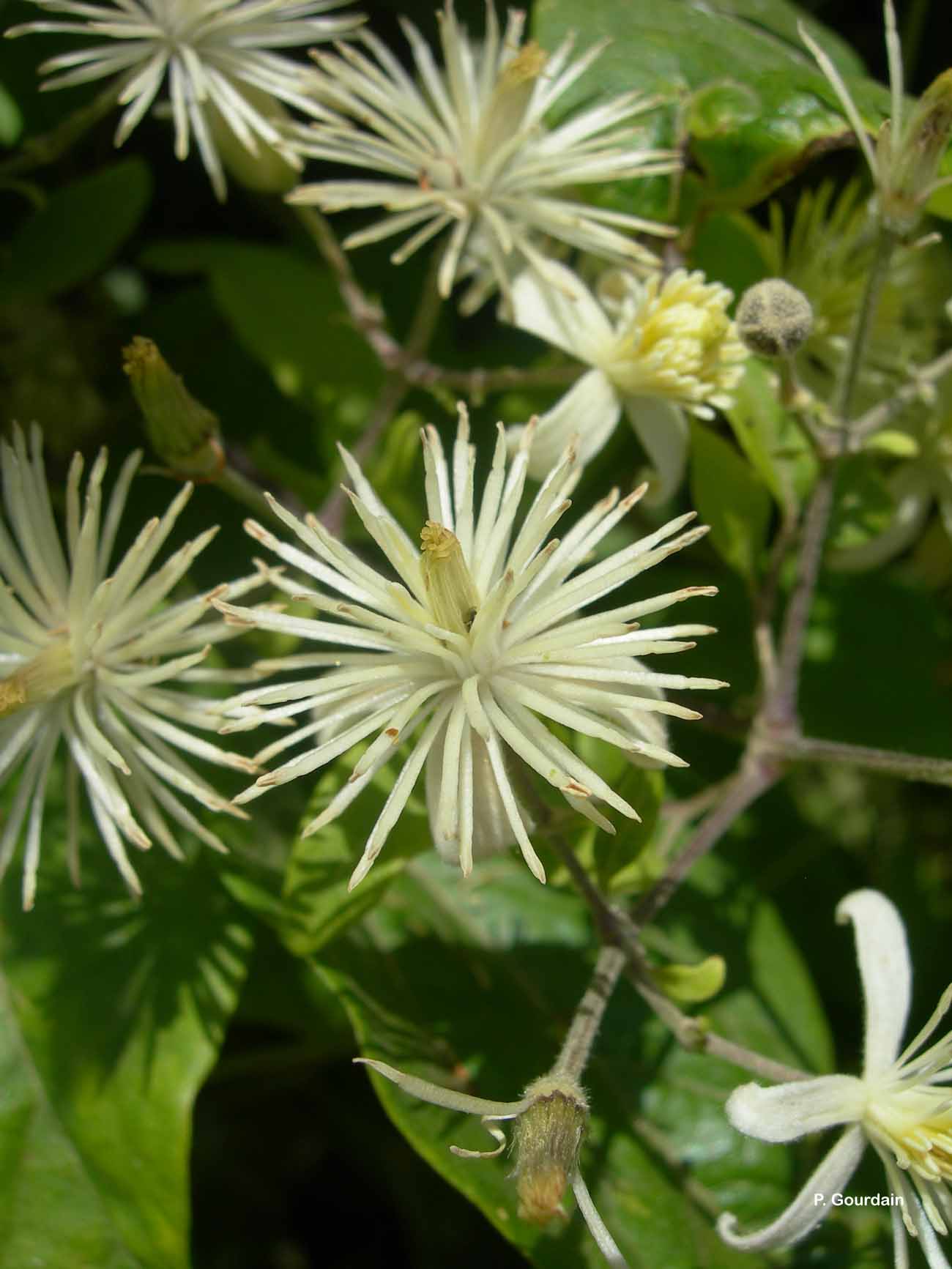
| Author : P. Gourdain |
 |
To get the picture, please visit:
Philippe GOURDAIN
Muséum national d'Histoire naturelle - Service du Patrimoine Naturel
36 rue Geoffroy Saint-Hilaire
CP 41
75 231 PARIS CEDEX 05
e-mail : inpn@mnhn.fr
Legend: Soignolles-en-Brie
Despite the Creative Commons license, please inform the author of the use which will be made of his photo
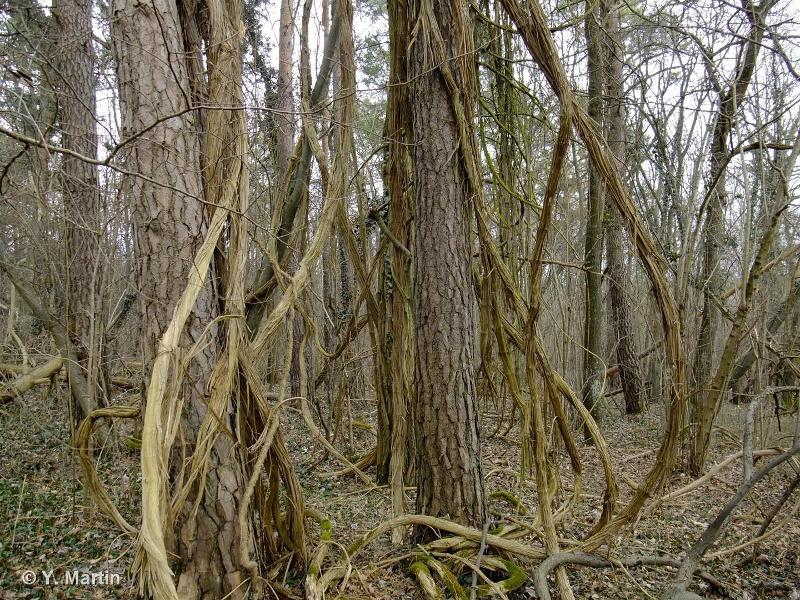
 |
To get the picture, please visit:
Yoan MARTIN
email : martin.yoan95@gmail.com
Despite the Creative Commons license, please inform the author of the use which will be made of his photo

| Author : P. Gourdain |
 |
To get the picture, please visit:
Philippe GOURDAIN
Muséum national d'Histoire naturelle - Service du Patrimoine Naturel
36 rue Geoffroy Saint-Hilaire
CP 41
75 231 PARIS CEDEX 05
e-mail : inpn@mnhn.fr
Legend: Soignolles-en-Brie
Despite the Creative Commons license, please inform the author of the use which will be made of his photo
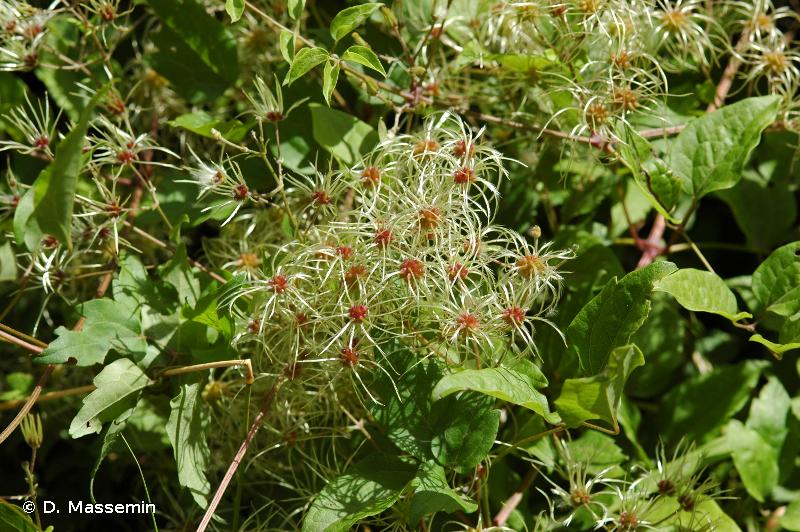
| Author : D. Massemin |
 |
To get the picture, please visit:
David Massemin
email : inpn@mnhn.fr
Despite the Creative Commons license, please inform the author of the use which will be made of his photo
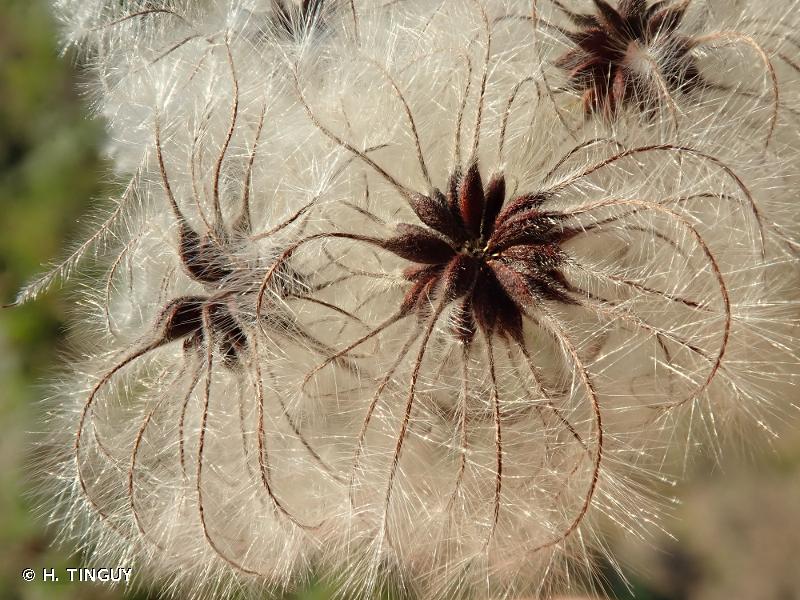
| Author : H. TINGUY |
 |
To get the picture, please visit:
Hugues Tinguy
email : inpn@mnhn.fr
Despite the Creative Commons license, please inform the author of the use which will be made of his photo
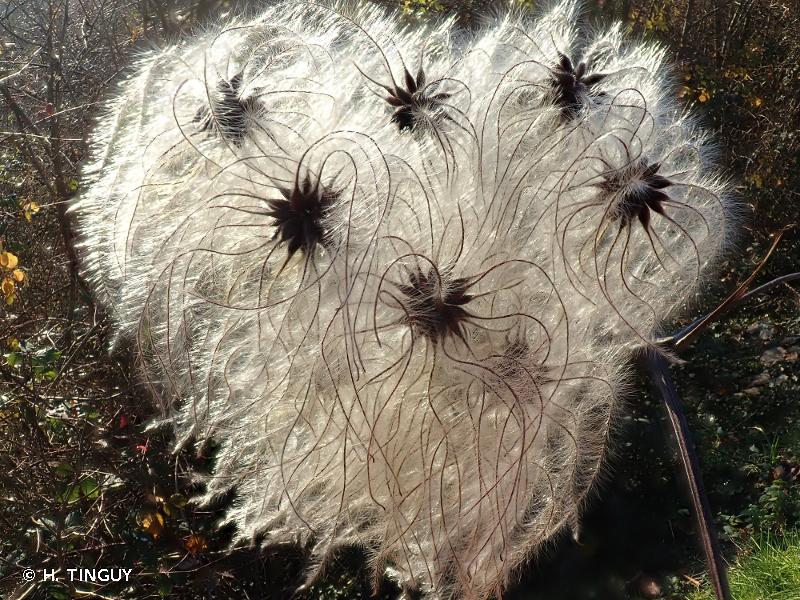
| Author : H. TINGUY |
 |
To get the picture, please visit:
Hugues Tinguy
email : inpn@mnhn.fr
Despite the Creative Commons license, please inform the author of the use which will be made of his photo
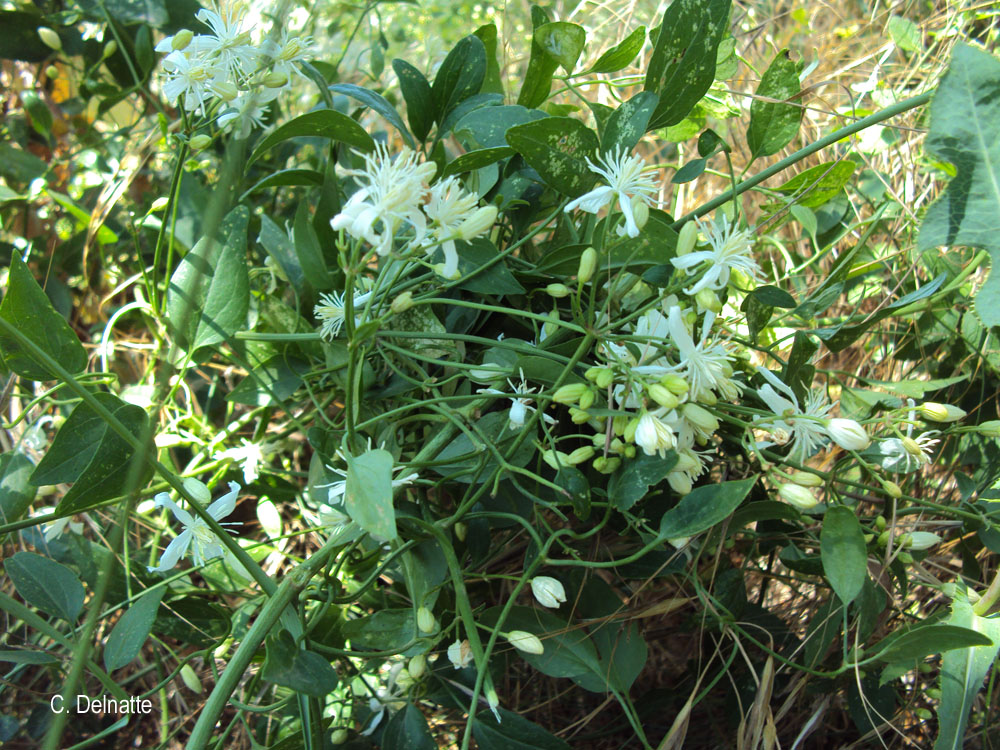
| Author : C. Delnatte |
 |
To get the picture, please visit:
César DELNATTE
Chargé de mission écologie végétale
DEAL Martinique
Pointe de Jaham – BP 7212
97274 Schoelcher Cedex
Tél : 05 96 59 58 55
GSM : 06 94 15 63 67
Any reuse of one or more photographs on this site is subject to an authorization request from the author.
Link to the Code of Intellectual Property (Legifrance)
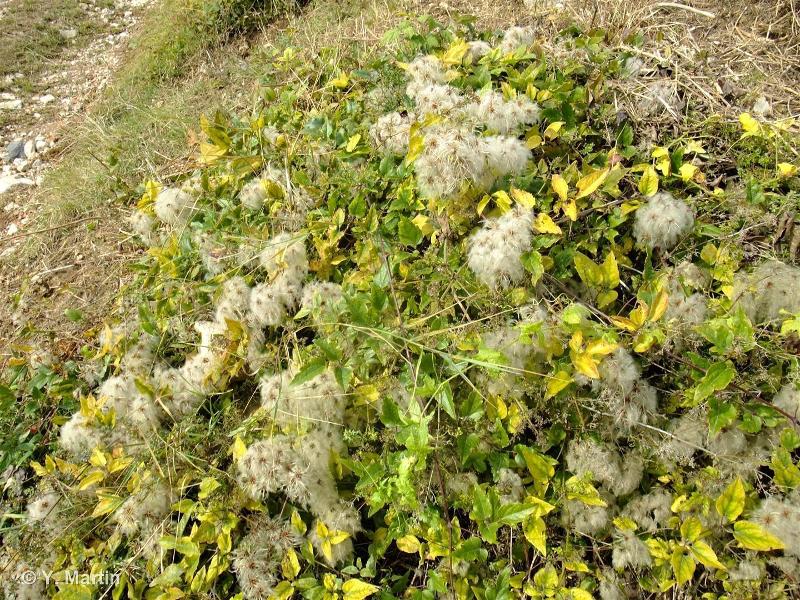
 |
To get the picture, please visit:
Yoan MARTIN
email : martin.yoan95@gmail.com
Despite the Creative Commons license, please inform the author of the use which will be made of his photo

| Author : H. TINGUY |
 |
To get the picture, please visit:
Hugues Tinguy
email : inpn@mnhn.fr
Despite the Creative Commons license, please inform the author of the use which will be made of his photo
Diagnose :
Liane de 1 à 15 m. La Clématite des haies ou Vigne blanche est une Ranunculacée, à tige sarmenteuse et grimpante, parfois très ramifiée, qui couvre parfois les arbustes et les jeunes arbres. Ses feuilles sont constituées de 5 à 7 segments ovales, entiers ou dentés (1 à 4). Les inflorescences sont constituées de fleurs blanches en panicules, dont le pédoncule part de la base des feuilles. Les tépales oblongs sont tomenteux sur les deux faces. Les akènes à arête plumeuse dépassant rarement les 3 cm, sont regroupés par plus de 10 en général. A maturité, les arêtes des akènes ondulent et donnent un aspect plus « chevelu » aux fruits. Ses fleurs sont hermaphrodites. La pollinisation est assurée par les insectes. Les akènes sont disséminés par le vent.
Détermination :
Moyennement difficile.
Espèces proches :
Confusion possible avec Clematis flammula, la Clématite brulante, dont le dernier segment des feuilles est entier et dépasse rarement 1,5cm de largeur et les tépales sont glabres face intérieure (pubescent chez C. vitalba).
Biologie-ethologie :
Floraison de juin à octobre.
Biogéographique et écologie :
Espèce des haies, comme son nom l'indique, des broussailles, clairières en situation fraîche. Cette espèce est présente partout en Europe.
D'après : Tison, J.-M., Jauzein, P. & Michaud, H. 2014. Flore de la France méditerranéenne continentale. Naturalia Publications, 2078 pp.
E. Oulès(UMS 2006 Patrimoine Naturel (AFB / CNRS / MNHN)),2016
Continental
Metropolitan France
Overseas
Marine
Metropolitan France
Overseas
The map presents a summary at the 10 x 10 km grid of the observation data for the species transmitted to the SINP. These data have been subjected to validation filters.
The map presents a reference distribution layer of the species at the scale of departments and marine sectors. The presence and absence data were established by expertise within a network of partners. This reference distribution is used in the validation process of the SINP data at the INPN level.
Corresponds to a report on the basis of at least one observation proved within a period of 10 years (20 years for little-known invertebrates) preceding the year and no presumption of extinction since obtaining the last data nor doubt on reproductive and implemented nature of this population. For migratory species, the presence indicated concerns areas of reproduction.
This status is based on one or more of the following criteria:
This point covers the absence, more difficult by nature to demonstrate than presence. This status is based on one or more of the following criteria:
This status must be assigned to a department in which the presence of the species is casual.
Particular case of absence due to a proven extinction less than a half century ago (older disappearances are treated as "no probable or definite").
In the state of knowledge, we can not comment on the presence or absence in the current department. This is the default status when not comprised in one of the previous categories or whenever there is doubt.
The map shows the global distribution of the species based on GBIF data (Global Biodiversity Information Facility).
